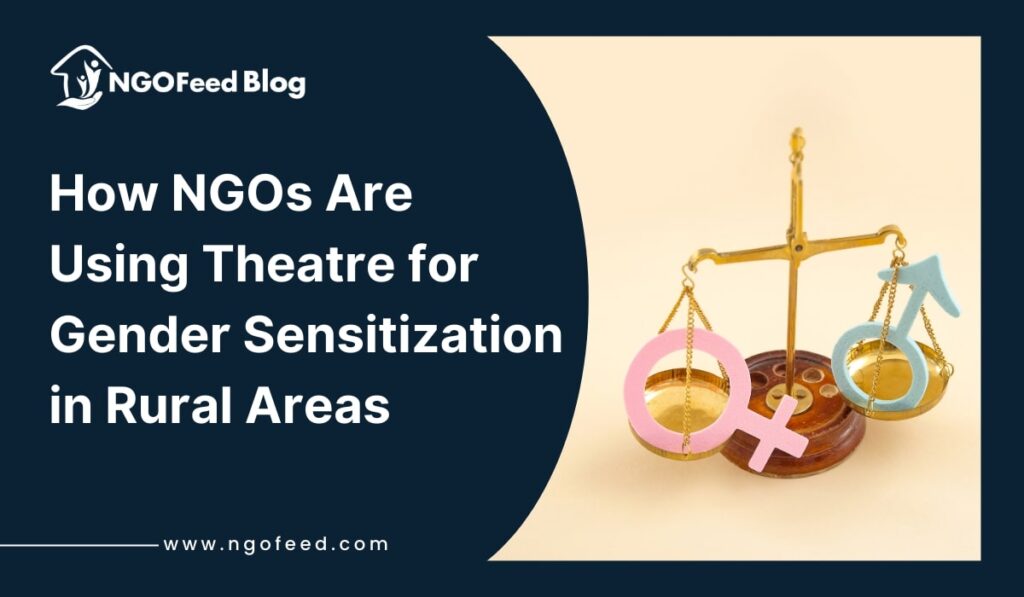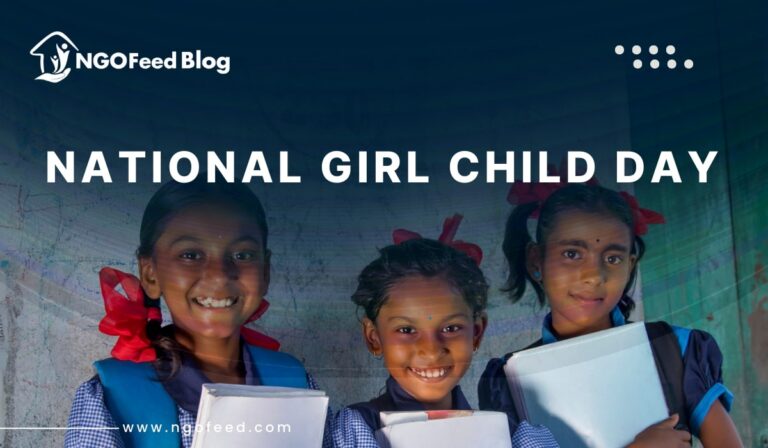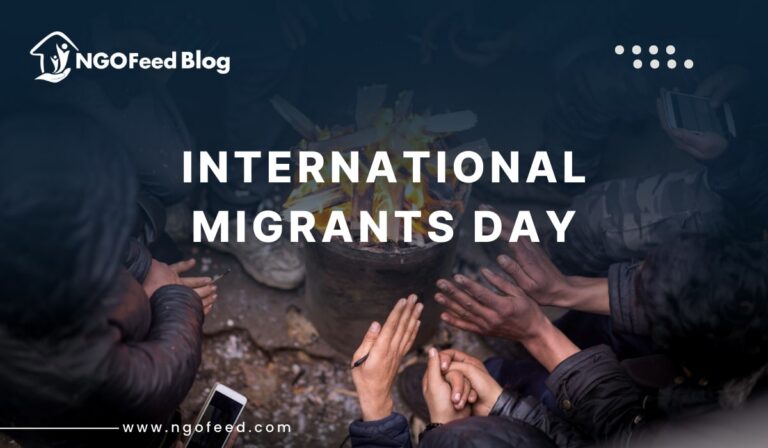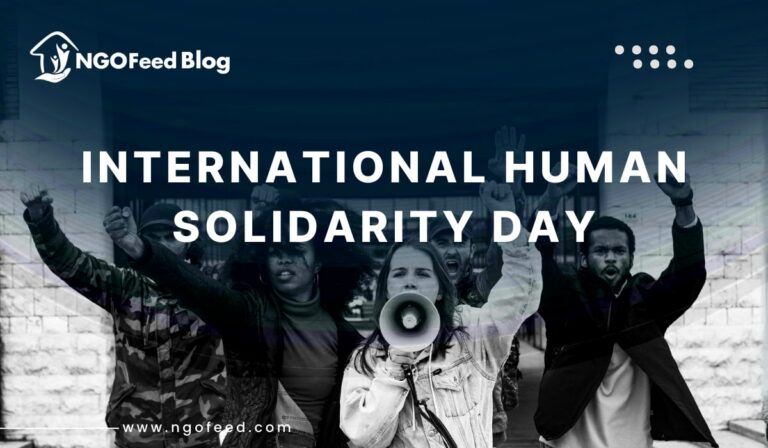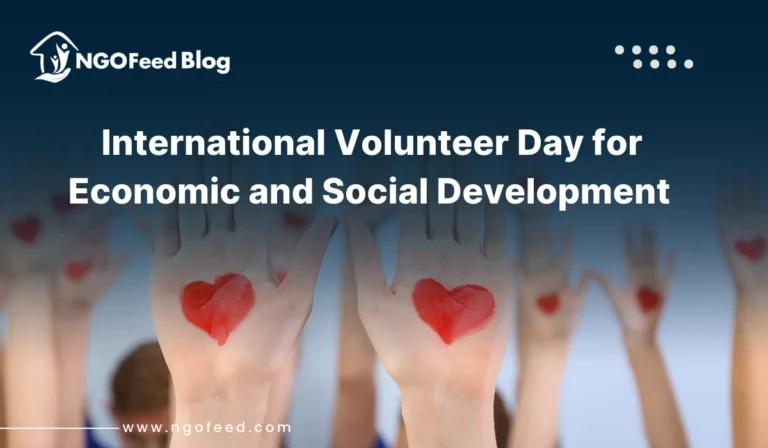How NGOs Are Using Theatre for Gender Sensitisation in Rural Areas: In the rural society, where established standards of the community and strong practices are usually the culture which influences the way they see gender roles, one may have a hard time having a meaningful conversation about equality. The traditional consciousness-raising efforts do not always get to these audiences because their effectiveness may be lost in literacy barriers, low media penetration and resistance to change. It is in this realisation that most NGOs are considering theatre as a viable way of initiating discussions on gender sensitisation through a potent interactive and communal form of art.
Storytelling and collective thought have always been part of theatre. It is highly effective among rural audiences when presented in local languages and within familiar cultural contexts. NGOs in India use street plays, puppet performances, folk performances, and participatory theatre to work on such critical matters as child marriage, domestic violence, education among girls and empowerment of women. In comparison to lectures or printed resources, theatre creates an atmosphere that involves more than just viewing; the viewers also ponder the social facts that are presented.
Theatre personalises sensitive topics, builds empathy and breaks stereotypes through dramatised narratives by offering different points of view. It also creates room to talk, since communities usually discuss right after shows, and thus the process is participatory and not passive. To numerous people, it is the initial step towards doubting the old ways of doing things and envisioning the possibilities of equality and respect.
Also Read: What Is Climate Anxiety and How NGOs Can Respond
Through the combination of culture, creativity, and education, NGOs are turning theatre into a means of social change – closing gaps between awareness and action and assisting rural communities to make progressive but meaningful steps towards gender justice.
Table of Contents
The Role of Theatre in Driving Social Awareness
Theatre has never been just a form of entertainment, but it is a reflection of society and a mode of transformation. In the role of NGOs in rural settings, it has a special purpose of awareness creation as it is a blend of culture, narration, and society. Theatre uses the local language and cultural style, unlike posters or printed campaigns, which are more relatable and influential to the messages.
Theatre generates social awareness in several ways; they are:
- Cultural Relevance: Folk theatre, street plays, and puppet shows involve local traditions, and the audience will feel represented and engaged.
- Dissolving Literacy: Theatre is visual, emotional, and conversational in communicating messages even to low-literacy audiences.
- Making Them Real: Dramatised stories enable individuals to take a look at the real-life challenges they face in their daily lives, like child marriage, domestic violence, or gender bias, through the characters they learn to relate with.
- Promote Empathy and Reflection: Performances can evoke emotions, making viewers act in a way that allows them to challenge norms and reflect on the behaviours that might be overlooked.
- Designing Participatory Dialogue: NGOs used to create discussions after the performances, transforming the theatre into a collective reflection and problem-solving place.
Also Read: Water Crisis in Rural India: A Visual Analysis Through Maps & Data
With these aspects, theatre is a provider of community-based awareness. It is not imposing information, but rather initiates discussions, allowing individuals to internalise problems and consider other points of view. It is this involvement, coupled with the culture-based approach, that has led to the increased reliance on the use of theatre by the NGOs in implementing gender sensitisation in the rural set-ups.
NGO Strategies in Theatre-Based Gender Sensitisation
Non-Governmental Organisations in the countryside understand that theatre is not merely a form of art, but a means of participation in dialogue and social learning. They embrace a combination of creativity and community interactions to maximise their effects in gender sensitisation. These plans make sure that performances are not only entertaining but also educational and transformative.
Some of the most important strategies are:
- Street Plays and Folk Theatre: NGOs apply the local performance culture, namely nukkad natak (street plays) or folk storytelling forms, to tackle such problems as child marriage, dowry, and domestic violence. These forms are common among the rural audience and promote participation.
- Local Languages and Contexts: Plays are created in the local dialects and allude to the life circumstances that are familiar, thus the stories are easy to follow and familiar.
- Participatory Theatre Models: There are ways of participation that are used by some NGOs, such as the Theatre of the Oppressed, where the members of the community enact real-life scenarios and find solutions to these scenarios together. This strategy turns audiences not only into viewers but also into participants in the learning process.
- Combination with Awareness Campaigns: A Combination of the performance with workshops, discussion or an information drive is frequently performed to strengthen the message and promote behaviour change.
- Ampifying Local Youth and Women: NGOs educate community members, and in particular the youth and women, to be actors and facilitators, producing local role models capable of maintaining awareness programs.
Also Read: WHO Global Nutrition Targets 2025
Through these integrated approaches, NGOs make theatre an active channel of challenging stereotypes, empathising, and engaging in discussion that will ultimately lead to gender equality within rural society.
Theatre for Gender Sensitisation in Rural Areas – Impact on Rural Communities
NGO theatre-based programs have proven that the shift in the rural communities can be attained through a meaningful change in the way of awareness, based on culture and participation. Theatre, unlike the top-down campaigns, will facilitate a conversation that is thought-provoking and participatory, which will enable communities to identify and confront gender expectations without creating any sense of danger.
The major effects that have been experienced are:
- Changing Attitudes and Beliefs: Repeat exposure to plays on subjects such as domestic violence, education of girls, or dowry can lead to a situation where the rural communities will start doubting the traditions and practices that have been in place long before.
- Promoting Discussion: Performances usually initiate a discussion in the village, where people talk about such issues in the open. Gender roles and duties are caused to be taught by families and leaders of communities.
- Youth and Women Participation: Trains the Youth and women to be performers, and this not only empowers the participants but also makes them change agents in their respective communities. They make them feel involved, breaking the stereotypes and motivating others.
- Building Community Connections: Theatre is a way for people to have unity and take community responsibility in ensuring a better society.
- Change over Time: Theatre interventions have had an impact, though slowly, in bringing about observable changes: more girls are enrolling in schools, fewer people are accepting child marriage, and more people are supporting the rights of women.
Also Read: WHO Mental Health Action Plan to 2030 & Beyond
These are some of the ways through which theatre is more than entertainment. It is turned into the means of change, making spectators the participants, and passive acceptance the active inquiry of gender inequalities.
Theatre for Gender Sensitisation in Rural Areas – Challenges and the Way Forward
Although theatre is a very important instrument in sensitising the gender in rural setups, NGOs encounter several problems in maintaining and expanding such programs. The challenges of cultural resistance, resource constraints and measurement of long-term impacts are still major challenges. This is necessary to solve these problems in order to have deeper and permanent change when it comes to theatre-focused interventions.
Key Challenges:
- Cultural Resistance: There are certain communities where deep-seated gender practices are the cause of resistance or unwillingness to participate in plays that question existing roles.
- Resource Constraints: Theatre programmes are limited in terms of funding, trained facilitators and logistical issues.
- Short-Term Effect: Although performances initiate a conversation, the behavioural change should be carried out over and over again to maintain the behaviour.
- Stigma and Sensitivity: The issue of domestic violence or sexual harassment might not be easy to discuss publicly, which will result in partial community involvement.
The Way Forward:
- Combining Theatre with Education and Policy: It can be expanded to include school curricula, awareness campaigns, and local government by incorporating performances into them.
- Capacity Building: It is essential to train more local youth and women on how to be facilitators to keep the continuity and reinforcement of the grassroots ownership.
- Joint Ventures: NGOs, governments and cultural organisations can combine resources to increase programmes, benefiting more villages.
- Lasting commitment: The Message can be strengthened by regular performances, workshops, and discussions, which can ensure permanent change in attitudinal change.
Also Read: Role of Indian NGOs in UN SDGs
Through these obstacles, which have been overcome by collaborating and innovating, theatre can go to be a strong tool in the work of gender equality and empowering the rural population.
Frequently Asked Questions (FAQs)
1. What is the rationale behind NGOs using theatre in the rural setting in gender sensitisation?
Theatre is culturally familiar, participatory, and it is effective in overcoming the literacy walls. It also involves the rural people in their own languages and patterns, making topics that are sensitive to be discussed an easier task.
2. What are the types of theatre techniques applied?
NGOs frequently resort to the street plays (nukkad natak), folk theatre, puppet shows, and participatory models of the theatre such as the Theatre of the Oppressed as a means to engage communities.
3. What is the effects of the theatre on rural communities?
Theatre creates a conversation, breaks stereotypes, nurtures empathy, and empowers the local youth and women. In the long run, it leads to positive transformations like acceptance of education of girls and lack of tolerance of child marriage.
4. What are the difficulties of NGOs working in interventions based on theatre?
The greatest challenges are cultural resistance, lack of resources, stigma regarding sensitive issues and long-term behavioural change.
5. What can be done to make theatre initiatives more efficient?
Theatre projects can develop more profound and sustained effects through combining performances and education and policy programmes, training local facilitators, developing partnerships, and maintaining frequent contact.

